Industry Knowledge Extension
What Should Be Considered When Manufacturing Long Screw Rods?
Manufacturing long screw rods requires careful planning and precise engineering to ensure reliability, durability, and performance. These components are widely used in mechanical, automotive, and industrial applications, and errors in production can lead to reduced lifespan or mechanical failure.
1. Material Selection
Selecting the appropriate material is the foundation of producing durable long screw rods. High-strength steel, alloy steel, and stainless steel are commonly used. The material must be resistant to wear, fatigue, and corrosion, particularly in environments with high stress, vibration, or exposure to moisture. The choice of material directly affects the rod’s load-bearing capacity, mechanical stability, and service life.
2. Precision Machining
Long screw rods must maintain uniform thread pitch and diameter throughout their entire length. This ensures smooth operation and proper load distribution. Precision machining, typically using CNC equipment or thread rolling, is critical to achieving consistent quality. Inaccuracies in threading or diameter can result in uneven load distribution, premature wear, or operational inefficiency.
3. Heat Treatment
Heat treatment processes, such as quenching and tempering, are applied to improve the hardness and strength of the rod. Proper heat treatment increases fatigue resistance and prevents deformation under heavy loads, ensuring long-term mechanical stability.
4. Surface Treatment
Surface treatment is essential for corrosion protection and enhanced durability. Methods such as galvanization, black oxide coating, or nickel plating are often applied depending on the operating environment. These treatments not only protect the rod from rust but also reduce friction and wear during operation.
5. Quality Inspection
Quality control ensures the rods meet design specifications and function reliably in their intended applications. Dimensional checks, thread gauge verification, and mechanical performance testing are standard procedures. These inspections prevent defective products from reaching the market, maintaining safety and performance standards.
WHAT ARE THE Specifications and Applications of Long Screw Rods
Motorcycle and automotive long screw rods have specific requirements to meet mechanical and safety standards. The following table summarizes key specifications:
|
Type
|
Material
|
Length
|
Diameter
|
Thread Type
|
Surface Treatment
|
Typical Uses
|
|
Motorcycle Long Screw Rods
|
High-strength alloy steel, stainless steel
|
Several hundred mm to >1 m
|
6–20 mm
|
Coarse or fine
|
Plating, anodizing
|
Engine components, frame, suspension assembly
|
|
Automotive Threaded Rods
|
Carbon steel, stainless steel, alloy steel
|
Custom lengths
|
Varies by application
|
Fine or coarse
|
Heat treatment, coating
|
Engine mounting, suspension, chassis reinforcement, repair, aftermarket modifications
|
WHAT ARE THE Key Considerations for Motorcycle Long Screw Rods
1. Dimensions
Motorcycle rods range in length and diameter according to engine or frame design. Thread pitch is chosen to balance ease of assembly with load-bearing requirements.
2. Load Capacity and Torque Ratings
Rods must handle engine vibrations, rider weight, and frame stress. Threaded ends ensure secure fastening and prevent loosening during operation.
3. Tolerance and Accuracy
High precision is essential for safety. Minor deviations can affect engine performance, wheel alignment, or braking efficiency. Compliance with ISO/DIN standards ensures interchangeability and safe operation.
Characteristics and Uses of Automotive Threaded Rods
Key Characteristics
Automotive threaded rods offer high tensile strength, uniform threading, and resistance to vibration and corrosion. They can be heat-treated or coated to improve durability and fatigue resistance.
Thread Design
Fine threads are used for precision assembly, while coarse threads allow faster installation and even load distribution.
Typical Uses
Threaded rods secure engine components, connect suspension systems, reinforce chassis structures, and provide adjustable fastening. They are also widely used in repairs and aftermarket modifications.
Advantages
Threaded rods provide strength, flexibility, and ease of maintenance. They can be cut to custom lengths and combined with nuts, washers, or brackets for versatile applications.
 boo@zjmgmm.com / 958587858@qq.com
boo@zjmgmm.com / 958587858@qq.com English
English русский
русский Español
Español عربى
عربى
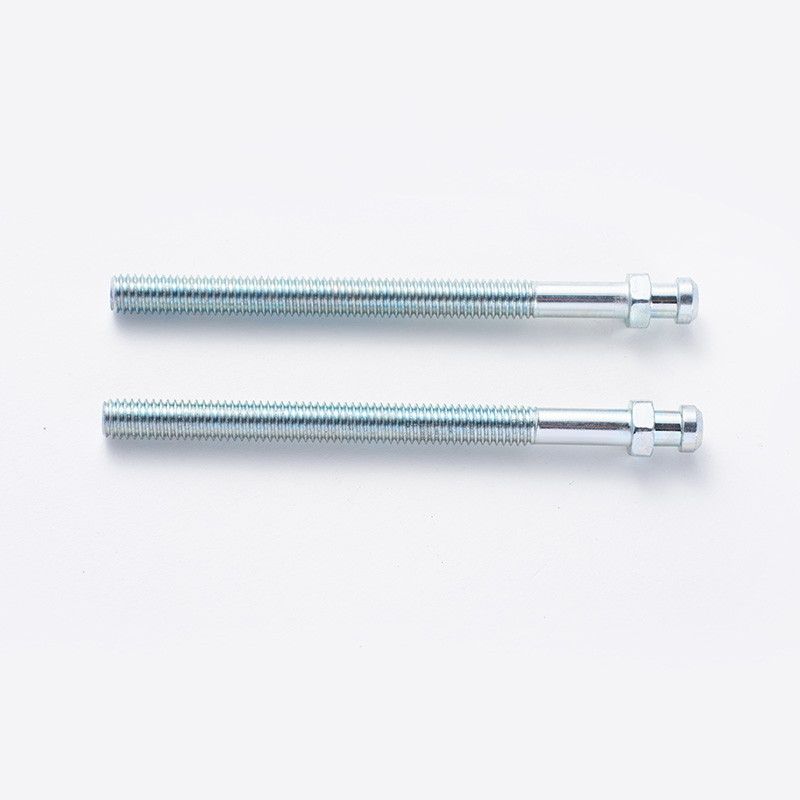
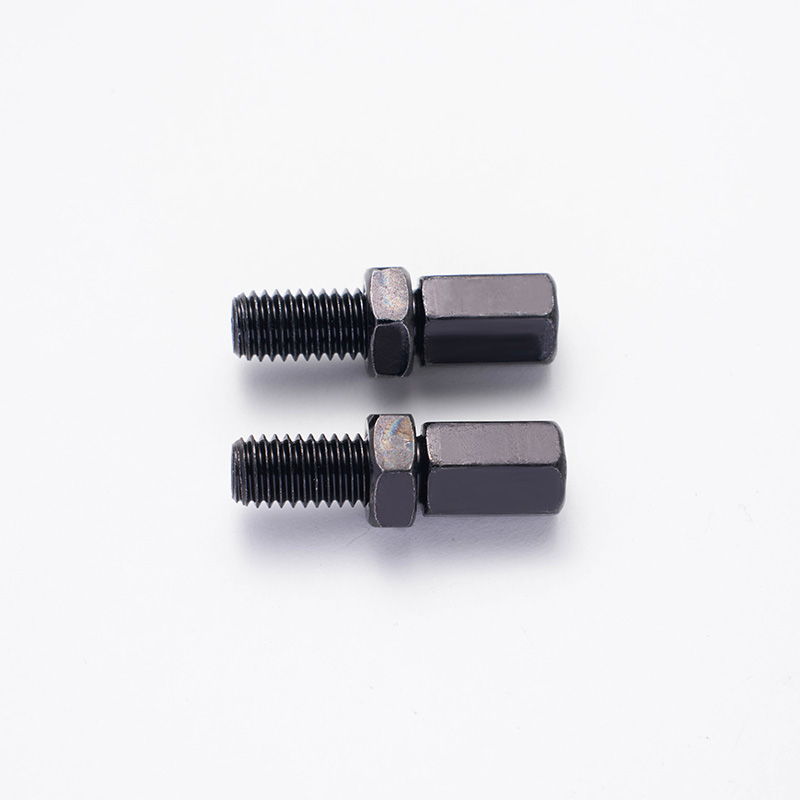
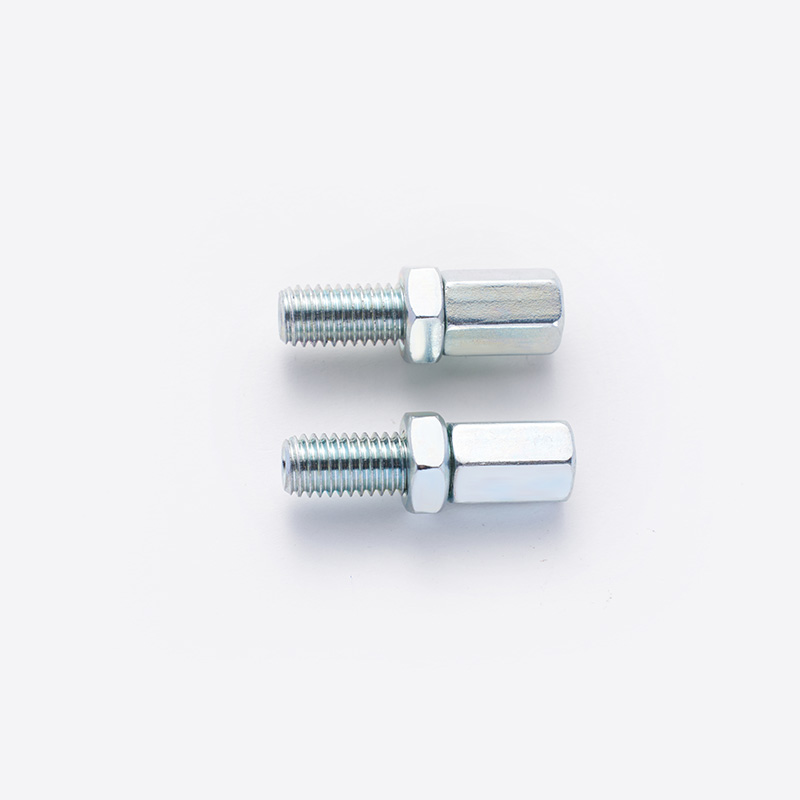
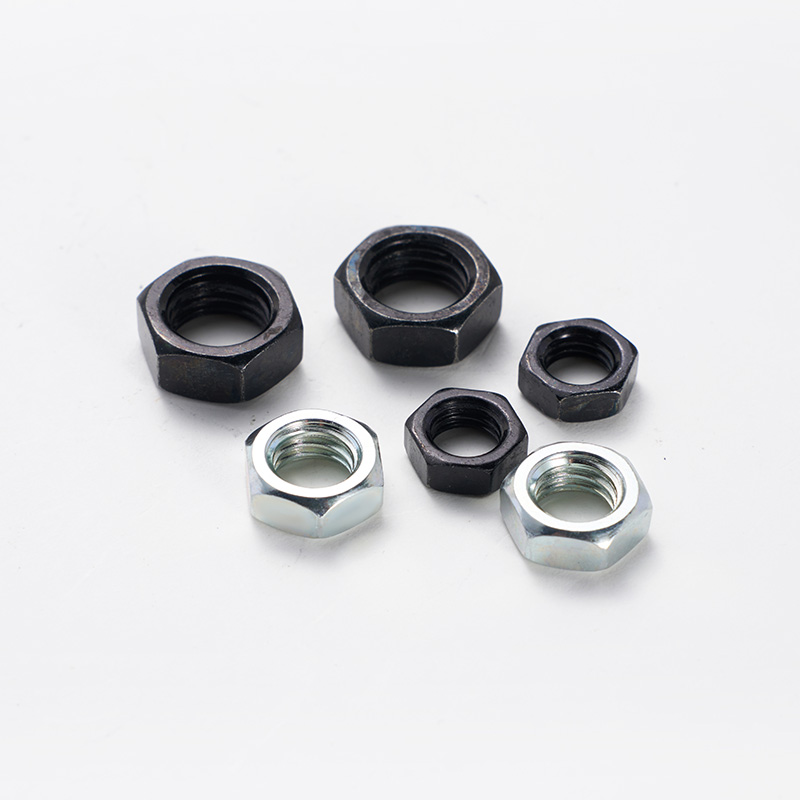
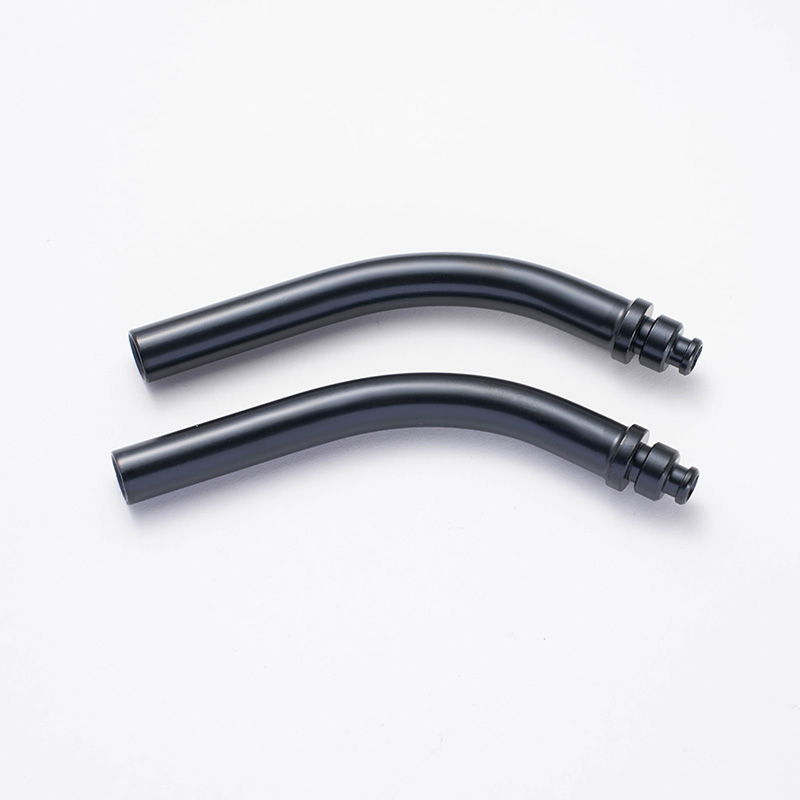







 English
English  Building 33, Demonstration Park, No. 318 Chenguang Road, Eastern New District, Wenling City, Taizhou City, Zhejiang Province, China
Building 33, Demonstration Park, No. 318 Chenguang Road, Eastern New District, Wenling City, Taizhou City, Zhejiang Province, China  0086-576-86337978
0086-576-86337978  0086-576-86333878
0086-576-86333878
 boo@zjmgmm.com
boo@zjmgmm.com 